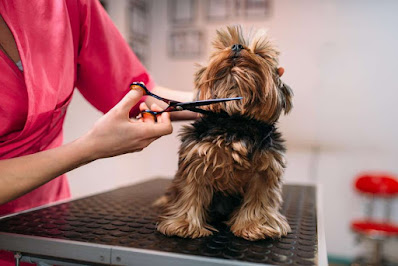Your pet's bad breath might be a symptom of dental problems. Bacteria present as a result of tartar, gum disease, or even an abscess is the source of foul breath. Dogs and cats, believe it or not, will have substantial dental disease and suffering, but will only show us mild indications of it.
How to know if my pet has dental problems?
Keep an eye out for subtle changes in your pet. It's possible they don't want to eat their favorite crunchy food or play with a hard toy any more. They could let food slip out of their mouths or refuse to be petted around the lips. Your pet may develop a swelling beneath one eye or close one eye in extreme situations if a tooth root abscess has gone undetected. In certain cases, your pet may give you no indication that there is a problem! This is why it's critical to have your veterinarian do a complete dental check every 6–12 months to detect tooth problems.
Why should I be concerned about dental problems if my pet isn't acting any differently?
You should be concerned for two reasons. The first is that your pet is in pain, but is unable to tell you about it. Lots of senior dogs that needed major dental repair owe to years of deterioration. The second reason to be concerned is that dental disease will decrease your pet's life span by causing other critical organs to be damaged by germs and inflammatory components. Flossing your teeth can add years to your life. Dental care for your pet might also help them live longer. A pet with a healthy mouth is a pet with a healthy body.
What is the definition of dental disease?
What happens if my dog or cat develops gingivitis?
Gums that are inflamed begin to pull away from the tooth, forming a pocket. The bacteria can enter in the pocket and cause an infection, which affects the tissues surrounding the tooth, such as ligaments and bone. This is a really significant issue! The tooth is held in the jawbone by the ligament and bone. Periodontal disease can cause them to break down, resulting in the tooth permanent loss. In certain cases, the infection has progressed to the point where the jaw bone begins to break down, resulting in a fractured jaw.










No comments:
Post a Comment